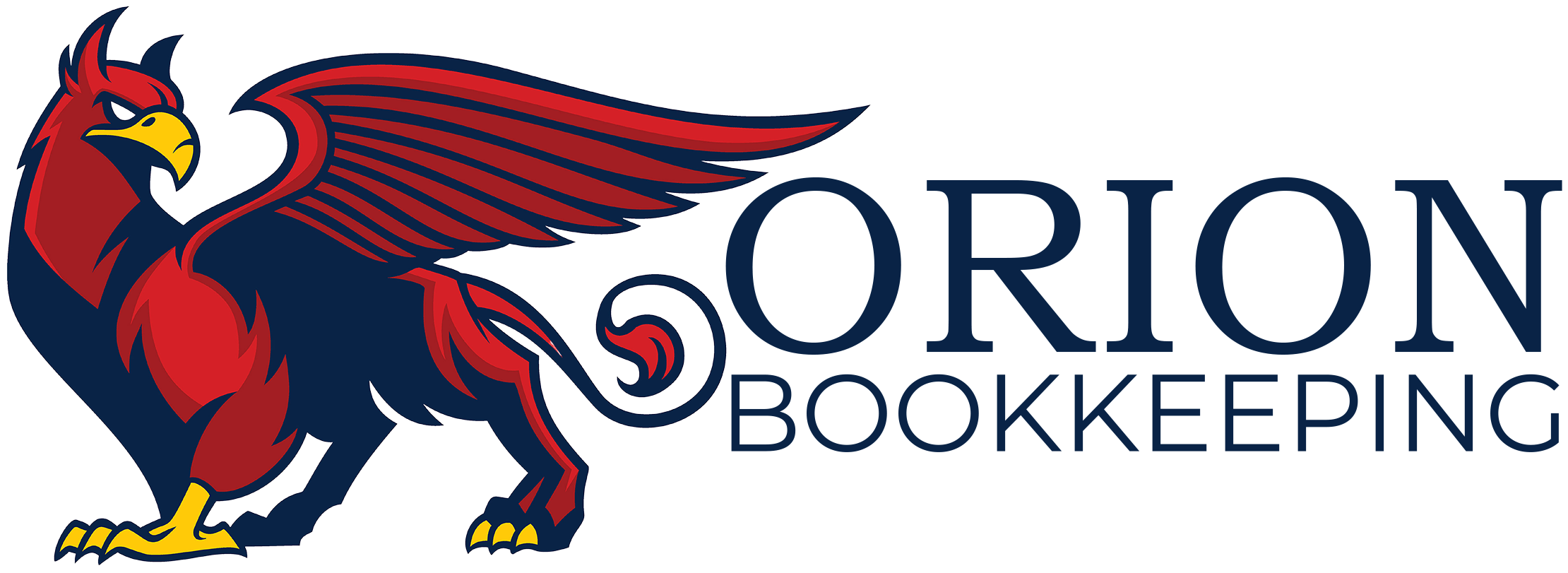
5 Time Tracking Apps for Small Business
Time is the most valuable resource for small business owners. But to adequately compensate for your time, you need to track how you spend it. Here are the five useful time-tracking apps for small business needs.
- Toggl: Toggl offers the ultimate simplicity; click to start the timer when you begin a task, and click again to stop it when you end it or take a break. Toggl also creates visual reports that show you how you and your employees are using your time and which projects are the most profitable. Toggl integrates with popular project management apps such as Asana, Basecamp, and GitHub. It works with one-person businesses or teams.
- Timesheets.com: Timesheets.com works for hourly and salaried workers who need to track billable hours or time spent on projects. Timesheets.com works with popular payroll companies, including QuickBooks, SurePayroll, and ADP; you can export the data into various formats. There are even HR tools, including standardized documents and storing documents privately so only relevant managers can see them.
- QuickBooks Time: Employees can clock in on their smartphones via text, email, voice call, or even Twitter. Crew features let you send entire crew alerts simultaneously or clock them all in and out simultaneously. The drag-and-drop schedule creator makes it easy to schedule employees for shifts, such as retail or restaurant work, or particular jobs, such as landscaping or construction. TSheets suits businesses with hourly workers, work crews, or mobile employees, such as field services or construction. It integrates with the most popular accounting and payroll software.
- Harvest: This time-tracking app creates visual reports showing how much time your team spends on each project. Employees can use the app’s timers to track or input their time manually. The mobile app makes it easy to track time and billable hours anywhere. You can also track expenses by simply snapping pictures of receipts and automatically pulling data from Harvest into invoices.
- Hubstaff: The Hubstaff time tracking app runs on computers or mobile apps and builds in plenty of employee monitoring tools. The app tracks mouse movements and clicks, takes random screenshots to show you what employees are actually working on, monitors employee internet use so you can see what websites they’re visiting, and even tracks which apps employees use the most. The mobile app uses GPS to track employees’ time and location on the road; employees can also track time on their mobile devices.
Need help choosing the right time tracking and scheduling software for your business—or any other aspect of managing your employees and your finances? Let us help you handle your business finances while you focus on growing your business…

Recent Comments